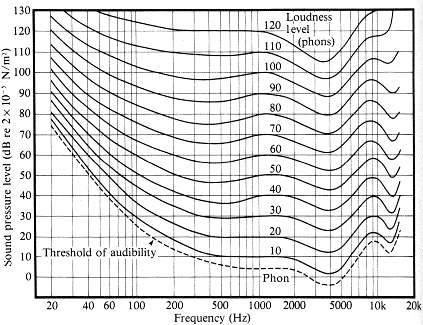Sealed subs have a output level which drops as the frequency goes down and thus they are often perceived as "tight" or "quick" to the listener because they don't often have the bloom, boom, or sustaining thuds that a poorly designed ported sub might have. Really, it is more about setup, acoustics, and sub quality than anything else.
Acoustics:
In a typical room with the common high amount of resonance in the lower frequencies (remember all the talk about bass traps changing the world for members?), a sub with less output below 35Hz will cause less resonating, ringing and "bloom" in the room. I could write an essay about this aspect alone, but suffice it to say that when a user compares a sub with tons of output in the 20Hz to 35Hz range to one with a much lower output in that range (especially when setup too loud, as is very common, even among a group like ours), the sub with much more output in the lower bass will be overbearing, rumbly, and ringing more.
Setup:
As alluded to above, most people tune their subs to be about 6dB too loud, even after using a tool Audessey or an SPL meter, because they really want to "hear" their sub and "feel" its power. A sub with 10dB more output at 20Hz will be much too loud when the signal has a ton of deep, deep bass in it and be perceived and boomy and overbearing when compared to one with much less output at those frequencies.
Quality:
Nearly all sealed subs have very high THD+noise when attempting to generate output below their most effective range. So, a sub which has an output curve which is 10dB down at 20Hz will be generating more THD than root signal at those low frequencies. This will be perceived as an audible signal to the listener (when we hear the right harmonics our brain knows there is actual content below that and we are fooled) as deep bass, when in fact it is just THD. Since the room isn't ringing and booming as much, this THD gives the impression of "tighter" bass. Actually it is just harmonic content.
Back in the days when I was still actively engaged in educating people on this stuff, I would put a properly tuned sealed sub and an equally priced ported sub in a room, both tuned perfectly using quality measurement gear, and would let people switch between them while listening to music. What they heard was a drop in deep, chest vibrating bass when they had the sealed sub on. It was an easy choice for the listeners to go with a ported sub as their favorite. Then, when I turned up both subs by 6dB, the sound of the sealed sub would be "punchier" without as much "bloom" while the vented sub would cause more resonance and ringing in the deepest bass and seem "looser".
This should make sense.
So, then the question for every serious buyer is this: Do you want accurate, clean, deep bass from a subwoofer which blends in perfectly to the point it is not obviously in the room? Or, do you want more punch, attack, and obviously audible sub output in the room which "enhances" the sound to your tastes? The former calls for a high quality well tuned ported sub, the latter is best served with a large diaphragm, high power ealed sub. I always prefer accuracy and blending in, so that is always my generic advice.

